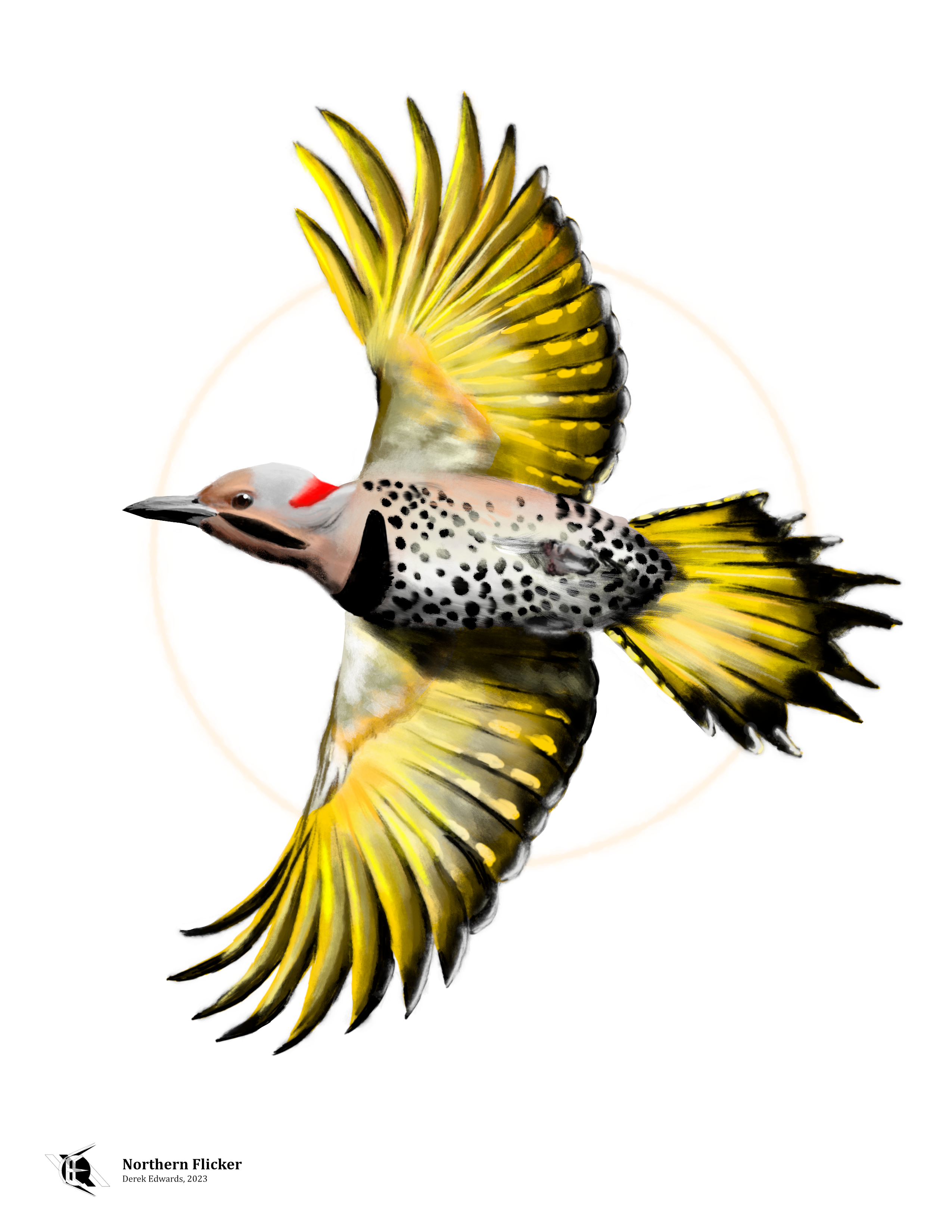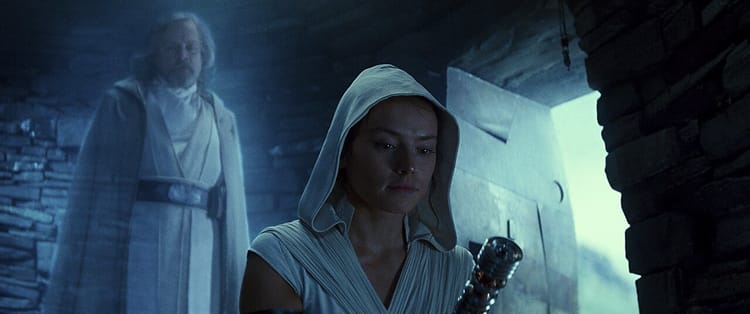
Running Commentary 7/17/2023
Hello,
It's the middle of summer, and that means it's ice cream season. Michiganders like ice cream; I've observed that small towns south of the Saginaw/Muskegon line can be counted on to have a main street running over a river, with an ice cream shop on one end of the bridge. I haven't done proper data gathering on this but I can think of 6 towns like this and I can't think of any that don't off-hand.
Anyway...
Watching...

Secret Invasion
We got a half-sized episode last week, but one with a fair bit of action. Here are my notes on episode 4 of 6:
- I said last week that I expected the show to treat G'iah as dead for at least an episode, so of course the next episode made sure to show that she faked her death first thing. Given how little else she had to do in this episode, I think the show missed out on a twist later on. Even her conversation with Telos could have been shown as a flashback.
- Telos's death caught me by surprise. As in the last episode, Gravik is as happy to use his attacks to draw out his Skrull enemies as to sow discord among his human ones. I wonder where the anti-Gravik Skrulls will go from this point without Telos. There's G'iah, that one council member, and maybe Varra, but I don't know which of any of them might take charge. I'm gonna miss Ben Mendelsohn in this show (though he'll probably be in some more flashbacks.)
- So the "Super Skrull" treatment is based on Extremis, which reminds me that I've still never seen Iron Man 3. I do know generally what happens in it.
- There was finally a proper action sequence again in this show, and it really showed how little would be added to this show by more action scenes. Maybe a nice car chase would improve things, but this is a show that's going to have straightforward gunfights, not anything flashier.

Star Wars: Visions
The fifth short in Visions, Vol 2 was produced by the South Korean Studio Mir. South Korea isn't Japan but it's apparently pretty close as far as animation traditions go, and this is the closest thing to a Volume 1 short we've had so far. Here are my notes:
- The core of this short is the question of whether evil can just be destroyed in a straight fight, which is the most interesting idea Visions has tackled in this volume. I can't say, though, that I really liked this short. It felt quite long for what it was, and the villain was incredibly generic. I didn't hate it, but there wasn't much I found memorable about it.
- Add Eugene Lee Yang and Daniel Dae Kim to The List. Yang is a pretty random name to see attached to Star Wars, so he should be a good pick if I actually make that "guess who was in Star Wars game."

Bird of the Week
This week, it's time for another woodpecker. I've tended to avoid woodpeckers in this space since they're mostly quite similar to one another: they peck at wood, they eat insects, and they don't cushion their brains with their tongues, no matter what you may have read saying that they do. They're interesting enough as a type of bird, but you quickly get a sense that once you've seen one woodpecker, you've seen them all. But that's not entirely true; there are a few oddities among the woodpeckers that stand out, one way or another, from the rest. For instance, this week's bird, the Northern Flicker.
The northern flicker is one of the largest woodpeckers in North America; in Michigan, it is second only to the pileated woodpecker in size. It has an extensive range, stretching from Canada in the north to Central America and the Caribbean in the south. This is one of the few woodpecker species known to migrate; birds in the U.S. and further south tend to stay put all year, but Canadian flickers only stay for the summer, while those in central Texas, Arizona, and New Mexico only stay for the winter. Wherever they're found, they're an important part of the ecosystem, as the holes they bore in the sides of dead trees to nest in later serve as homes to other creatures. This makes them what ecologists call a "keystone species", one that provides environmental modification that makes a habitat more hospitable.
Nesting for northern flickers is a subject of much study. In a reversal of the expected, usual pattern of woodpecker nesting, female flickers will mate with multiple males in a breeding season, and males will do more work tending to the nest than females will. But, most extraordinarily, excavation of the nest cavity is nearly the only time these woodpeckers will actually peck wood. Rather than finding their favored insect meals under the bark of trees, flickers are characterized by their habit of probing for insects in the ground. They peck into the earth like a woodpecker with the mind of a chicken.
Northern flickers vary across their range. There are several subspecies, but generally they can be categorized as either red-shafted or yellow-shafted. While these birds are generally gray and tan with black accents, their wings have bright color in the shafts and undersides of their flight feathers. This color is either bright yellow (as I've drawn here) or pale poppy-red. This unexpected pop of color make the bird fairly easy to identify in flight if you're familiar with them.
You might remember that I mentioned the northern flicker back in my "Among the Birds of the Mitten":
There is a recurring motif in the story of my life wherein people ask me to identify a northern flicker.
"I saw a big woodpecker come to my suet feeder. It was light brown, and it had a red spot on the back of its head. What might that have been?"
"I saw a bird pecking at the ground like a chicken, but it wasn't a chicken. It was a normal bird with spots. What does that sound like?"
"I was out in the country and I saw a bird fly by with yellow wings. What bird has yellow wings?"
It's gotten to the point that if someone points out a strange bird to me, I presume it's a northern flicker until I see otherwise.
To science, the northern flicker is *Colaptes auratus*, or the "gilded chiseler". Red-shafted northern flickers were previously considered a distinct species, called *Colaptes cafer*; this name was apparently given in error after the Bay of Good Hope, on the coast of British Columbia (where a red-shafted flicker was found) was confused with the Cape of Good Hope at the southern tip of Africa (where red-shafted flickers are very much not found). "*Kafir*", meaning "non-believer" in Arabic, was a term applied by Muslim slavers to black Africans who did not follow Islam, and the word was later adopted into Afrikaans as a highly pejorative term for native South Africans. Calling a person that would get you in a lot of trouble today, but many animals from South Africa (or thought to be) still have some form of the term in their scientific name.
Curation Links
Once Bitten | M. G. Siegler
A traveler’s journal of dealing with a centipede bite to the ring finger, received in Hawaii, during journeys to London, among other places. While this is an interesting read I will warn that this features pictures of swollen, discolored, and peeling flesh; nothing horrific, but nothing pleasant-looking either.
The Pony Rides Again (and Again) | Christopher Corbett, American Heritage
The Pony Express was, as a commercial venture, an abysmal failure, losing money and ending operations just more than a year after it began. But it quickly became a part of the mythic Old West era told of in books, shows, and later films. It’s an odd example of a cult-classic company.
Feet Lost and Found | Christopher Solomon, Outside
“It's August 20, 2007. The girl and her family are on a sailing trip in British Columbia. They toss anchor at uninhabited Jedediah Island, 50 miles northwest of Vancouver. It's high summer, but the day is moody with drizzle, the cedars dark and foreboding above the pretty curl of cove. The girl finds four sneakers on the sand. She lines them up, chooses one. It's a Campus-brand shoe, a righty, white with blue mesh, size 12. She unties the laces, tugging at a sandy sock within. And, right then, out plops the Start of Everything. Because inside the sock is a human foot.”
A Light in Troy | Sarah Monette, Clarkesworld
[FICTION] A woman living as one of the last survivors in an occupied territory finds a child, likely the only one left.
See the full archive of curations on Notion






Member Commentary